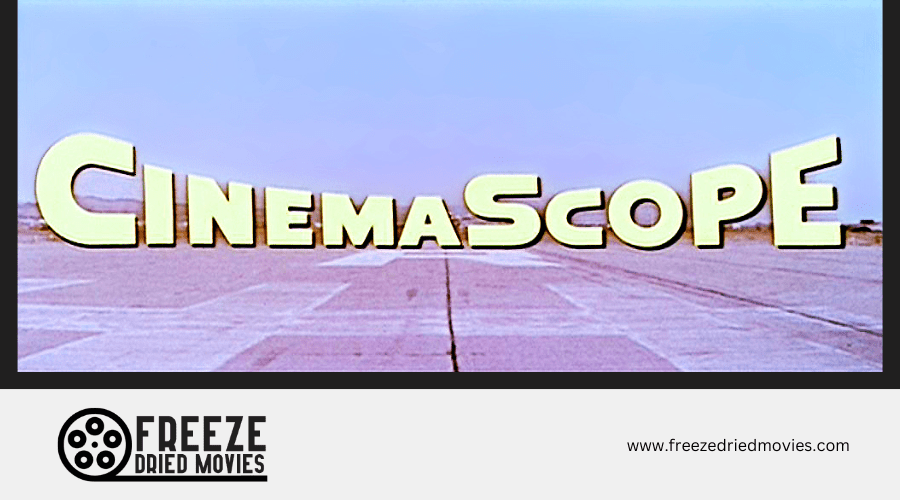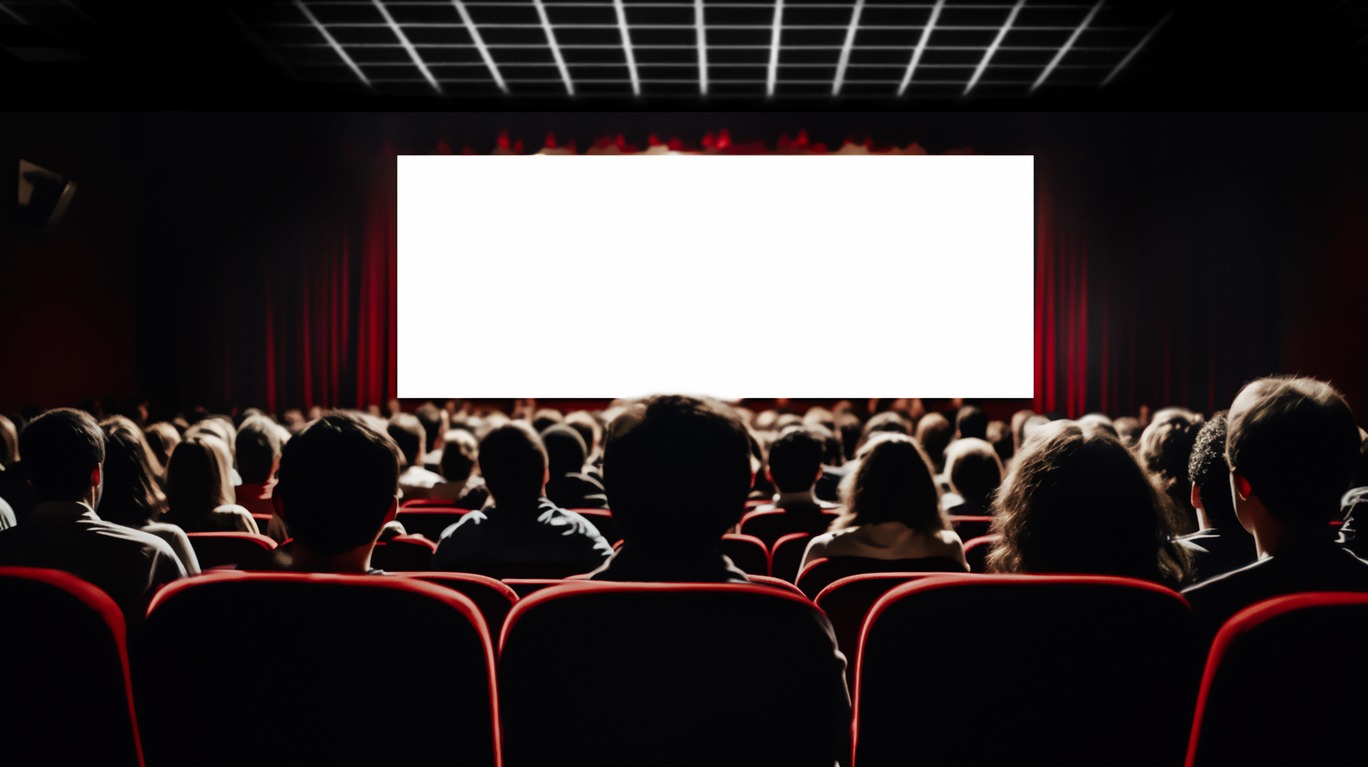Widescreen Revolution: How Cinemascope Transformed the 1960s

CinemaScope revolutionized your movie-going experience in the 1960s by introducing a breathtaking 2.35:1 widescreen format. You'll recognize its distinctive visual hallmarks like lens flares and oval bokeh, which emerged from Henri Chretien's innovative anamorphic lens system. The format's success sparked a technological arms race among studios, leading to premium roadshow presentations in upscale venues. While CinemaScope's glory days ended in the mid-60s, its lasting impact on cinematic storytelling continues to shape how you watch films today.
The Birth of CinemaScope: From Hypergonar to Hollywood
While television threatened cinema's dominance in the early 1950s, the pioneering CinemaScope format emerged from humble beginnings in France. You can trace its origins to Henri Chretien's Hypergonar lens, an anamorphic process he patented in the 1920s and 30s.
After witnessing Cinerama's success, 20th Century Fox recognized the potential of Chretien's invention and licensed it to generate CinemaScope.
The new widescreen format offered an impressive 2.55:1 aspect ratio using standard 35mm film. Fox's strategy proved impactful when they released their first CinemaScope pictures, "The Robe" and "How to Marry a Millionaire," in 1953.
To confirm the format's widespread adoption, Fox licensed the anamorphic technology to competitors like Warner Bros. and Disney, sparking a technological revolution that would redefine Hollywood's visual setting.
This innovation continued the tradition of synchronized sound technology that had revolutionized filmmaking in the 1930s with groundbreaking releases like The Jazz Singer.
Technical Innovation and Visual Impact

The technical marvel of CinemaScope extended far beyond its role as a television competitor. Through its innovative anamorphic lens system, you'd witness a dramatic alteration in how movies were both shot and displayed. The technology compressed a widescreen image onto standard 35mm film, then expanded it during projection to create an impressive 2.55:1 aspect ratio.
When you watched CinemaScope movies, you'd notice distinctive visual characteristics that became hallmarks of the format. The projection lenses created unique lens flares and oval bokeh effects, while slightly softening the image quality. Despite early technical challenges like visible black bars and white line flashes, improved lenses and cameras eventually resolved these issues.
The widescreen format's visual impact revolutionized filmmaking, offering you a more immersive experience that continues to influence modern cinema's technical innovation. This groundbreaking technology provided filmmakers with a 63% larger negative area compared to standard aspect ratios, allowing for more dynamic and expansive storytelling.
The Golden Age of Roadshow Presentations
During Hollywood's most opulent decade, roadshow presentations emerged as the premier exhibition format for prestigious films. You'd find these exclusive engagements in sophisticated venues across New York and other major cities, where films shot in CinemaScope commanded premium ticket prices and extended runs.
The widescreen revolution that began in the early Fifties had reached its zenith, with spectacular images like "Around the World in 80 Days" utilizing anamorphic lenses to create breathtaking aspect ratios.
The CinemaScope logo became synonymous with quality entertainment, as studios utilized roadshow releases to recoup massive production costs. However, by the mid-1960s, costly failures like "55 Days at Peking" signaled the format's decline. Yet the roadshow era's influence lived on, inspiring a new generation of filmmakers who'd resurrect widescreen's grandeur in the 1970s.
These grand presentations built upon the pioneering vertical integration model established by major studios in the 1930s, controlling production, distribution, and exhibition channels.
Competition and Evolution in Widescreen Formats

Competition sparked a technological arms race in the 1960s as studios sought alternatives to CinemaScope's established widescreen format. You'll find VistaVision, Panavision, and Techniscope emerging as formidable challengers, each offering unique solutions to filmmakers' needs.
Panavision's breakthrough came with their high-resolution 35mm and 65mm anamorphic lenses, which eliminated the "mumps" effect that plagued early CinemaScope productions. While CinemaScope's 2.35:1 aspect ratio remained popular, the 1.85:1 format provided a versatile alternative for many productions.
Cinematographers like Vittorio Storaro pushed creative boundaries using Cooke anamorphics, expanding widescreen's artistic possibilities. Today, you'll see this legacy continuing as digital cameras offer filmmakers the freedom to achieve classic widescreen aesthetics without traditional anamorphic hardware, sparking a renaissance in widescreen cinematography.
The Cultural Legacy of Wide Format Cinema
Significant cultural shifts emerged from CinemaScope's influence on cinema, extending far beyond its technical innovations. You'll find its 2.35:1 aspect ratio has become deeply embedded in modern filmmaking, with directors deliberately choosing wide film formats to evoke the grandeur of classic cinema.
The visual language CinemaScope introduced altered how you experience movies. Its signature lens flares and distinctive visual compositions created an aesthetic that filmmakers still reference today. When you watch contemporary films, you'll notice how they often pay homage to anamorphic projection's nostalgic aesthetics.
The impact of widescreen formats continues to shape modern cinema, as directors adopt these tools to craft more versatile and immersive storytelling. It's a testament to CinemaScope's enduring influence on how we perceive and appreciate visual storytelling in film.




